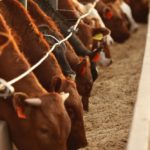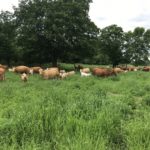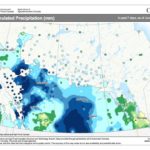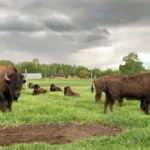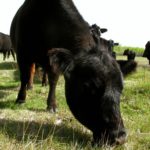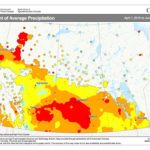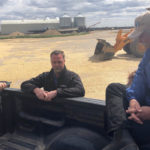Ontario’s feedlot sector is currently facing a number of threats, but some positive signals from a younger generation and producer-led marketing initiatives hold the promise of a more robust future. “A lack of slaughter capacity is limiting growth,” said Jack Chaffe. “We’re maxed out with so many new barns built and so many cattle on […] Read more





